
[All photos by BUILD LLC]
A while ago, one of our favorite realtors here in Seattle, Larry Wilcynski, sent us this matrix that tracks the relationship between home improvements and their retained value upon sale of the home.
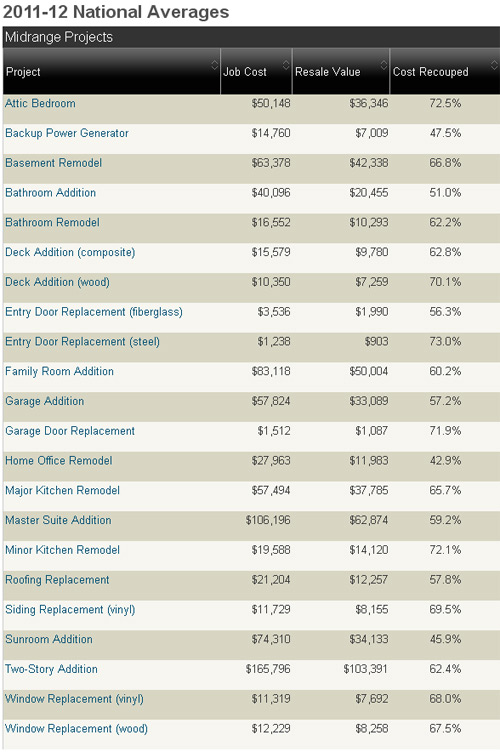
We learned a couple of things from this fascinating cost vs. sales comparison:
1. If you want to sell your home, don’t even bother dusting off that old carpenter’s tool belt that has been abandoned somewhere in the bowels of your neglected work bench. Apparently, playing Bob Vila for the weekend will only waste time and money. Tear off those crappy composite shingles that have made a career of gathering moss and replace them with a sleek, modern standing-seam metal roof and you may as well take 42.2% of the money in your checking account and throw it out the window. Thinking that maybe some spiffy new vinyl siding will put some polish on the pig? Negative. You’ll be down a national average of 3,574 bones. A new backup generator, perhaps? You won’t even make half of it back, according to the chart.
2. If you must throw some money at your home before it goes on the market, there’s one item that loses less money than any other category. Typically there’d be a big build-up, a flurry of speculation, and probably a BUILDblog give-away of some sort. This would be followed by the anticipated answer and wild applause. But we already blew the answer in the title for this post, darnit. You guessed it, it’s the front door. A steel front door to be exact.
This was a bit of a curve ball—the fact that the front door is the most cost-effective pre-sale investment (or, we suppose, the least cost-ineffective investment). But it makes sense. The front door is, after all, the first thing you typically touch and experience in a home. The front door has the ability to set (or deflate) expectations. It got us thinking about the perceived importance of this particular component, so we’re dedicating today’s post to four examples of the front door, complete with our technical specs. So come on in, it’s cold out there.
Davidson Residence
Door: (2) 3’-4” wide x 8’-7” tall x 1-3/4” thick solid-core, clear VG fir with a 5/8” thick astragal and Pemco threshold & integral weatherstrip
Jamb: Single rabbet kerfed fir frame
Hardware: Omnia Urban handset with interior lever
Hinges: (4) Stanley 4-1/2″ x 4″ square corner hinges, fully mortised
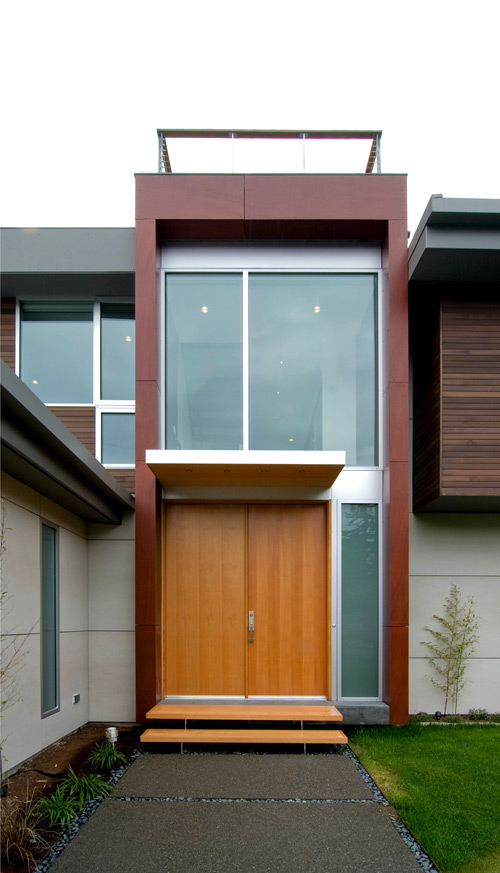
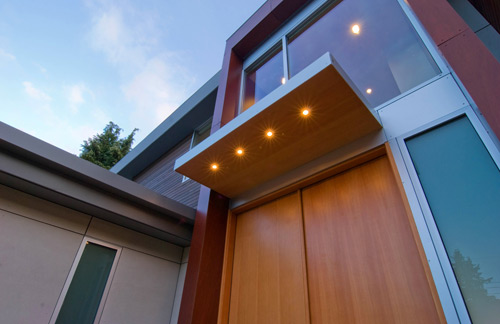
Halladay Street Remodel
Door: 3’-0” Wide x 6’-8” tall x 1-3/4” thick solid core, clear VG fir with reeded, insulated glass panel, Pemco threshold & integral weatherstrip
Jamb: Single rabbet head and jamb fir frame
Hardware: Stanley Omnia 025 passage lever in a stainless finish & Baldwin Cylinder/ Turnpiece
Hinges: (3) 4-1/2″ x 4″ Square corner hinges, fully mortised
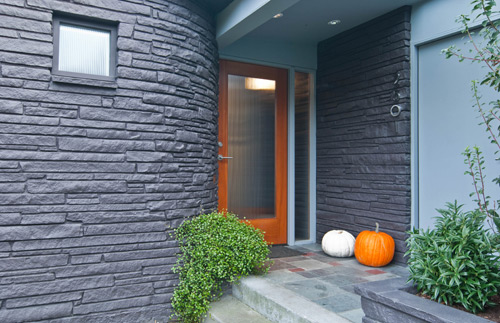
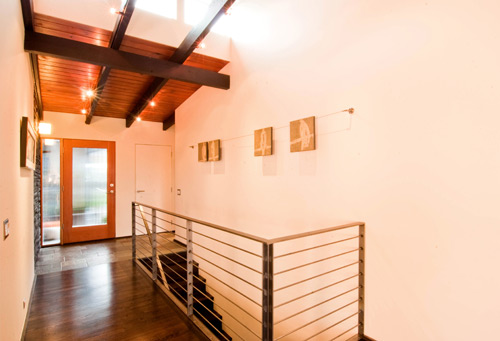
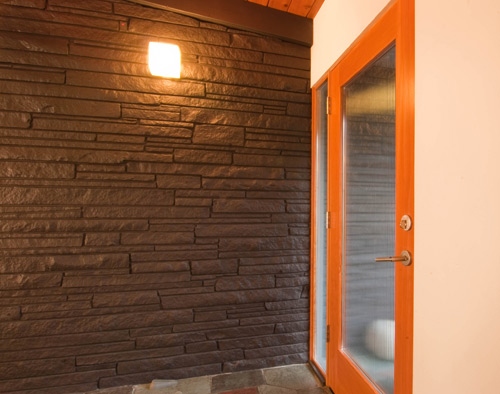
Kirsch Residence
Door: 3’-0” Wide x 7’-0” tall x 1-3/4” thick solid-core, clear VG fir with an etch-matte glass panel, Pemco threshold & integral weatherstrip
Jamb: Single rabbet head and jamb fir frame
Hardware: Karcher “New York” passage lever & UEDB/UEZD2 cylinder/ turnpiece lock in a stainless finish
Hinges: (3) Stanley 4″ x 4″ square corner hinges, fully mortised
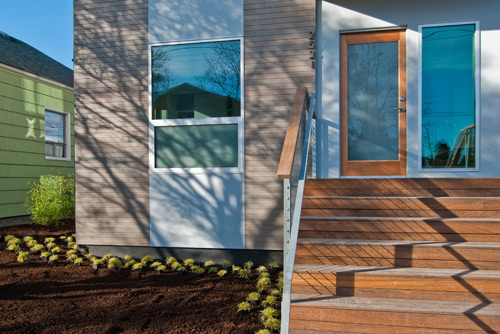

Innis Arden Residence
Door: 3’-0” Wide x 7’-0” tall x 1-3/4” thick solid-core, clear VG fir, Pemco threshold & integral weatherstrip
Jamb: Single rabbet head and jamb fir frame
Hardware: Karcher “New York” passage lever in stainless finish & Baldwin Cylinder/ Turnpiece
Hinges: (3) Stanley 4-1/2″ x 4″ square corner hinges, fully mortised
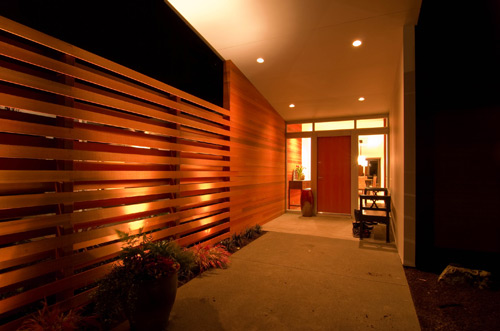


Cheers from team BUILD





